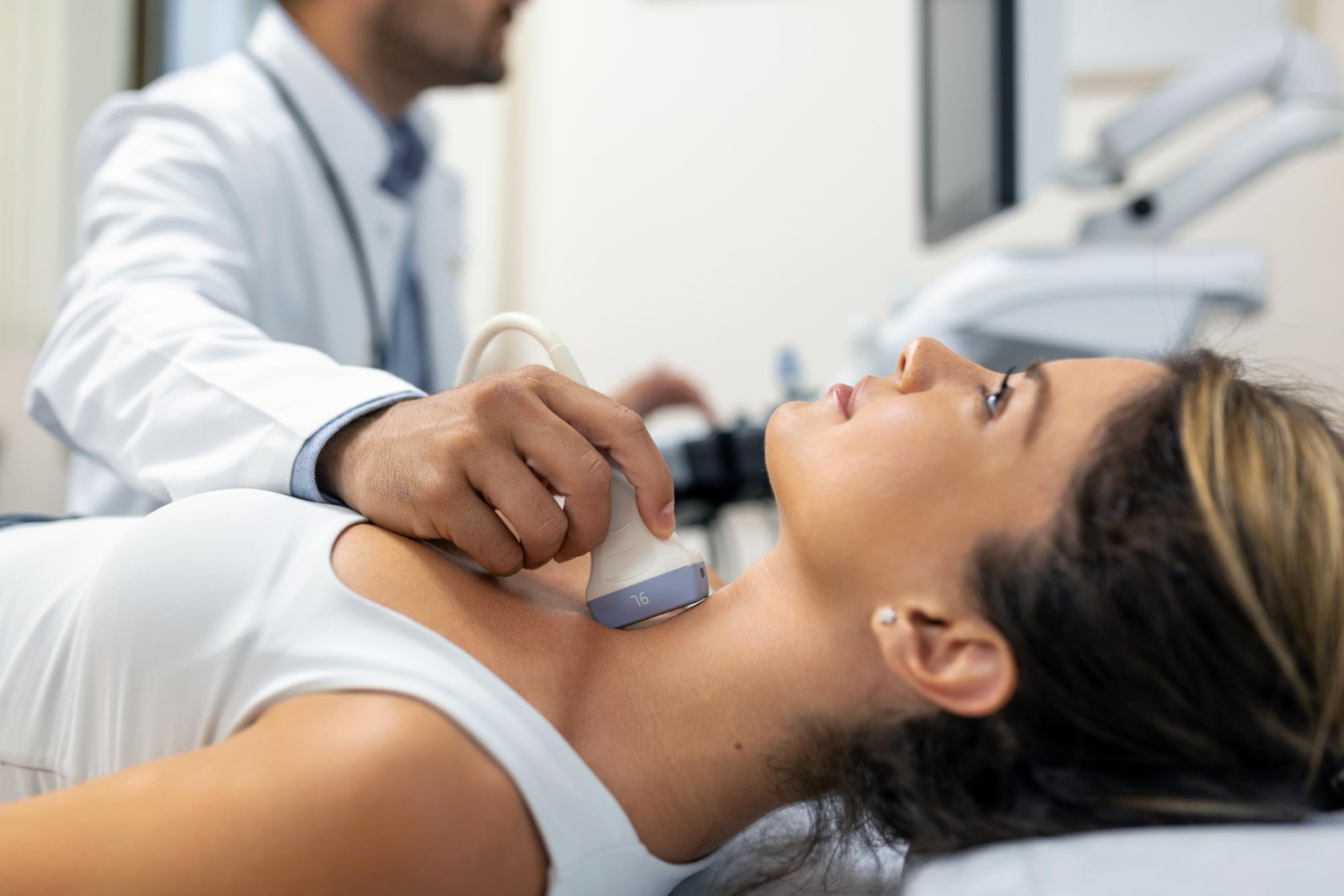Importance of USG Shoulder in Diagnosis
Ultrasound Shoulder Scan plays a crucial role in early detection and accurate diagnosis of shoulder problems. Unlike MRI, it allows real-time visualization of muscles and tendons as you move your shoulder, helping specialists pinpoint the exact source of pain or discomfort.
At Diagnopein, our radiology experts use USG Shoulder to assess dynamic movements such as abduction or rotation, providing a better understanding of soft tissue interactions within the shoulder joint. The procedure aids in monitoring recovery after injuries or surgeries and in planning physiotherapy or medical interventions effectively.
Key reasons why USG Shoulder Scan is important:
-
Detects small tears and inflammation early
-
Saves time compared to MRI
-
Ideal for claustrophobic patients
-
Helps guide injections or aspirations accurately
-
Affordable, quick, and completely safe
Benefits of USG Shoulder at Diagnopein
Choosing USG Shoulder at Diagnopein ensures high diagnostic accuracy and patient comfort. Our trained sonographers and radiologists use the latest ultrasound equipment for detailed imaging and accurate interpretation.
Main benefits include:
-
Non-invasive and painless diagnostic method
-
Real-time motion evaluation of the shoulder
-
No radiation exposure (safe for repeated scans)
-
Immediate report generation for quicker results
-
Effective for diagnosing tendon, ligament, and joint issues
Our USG Shoulder scan is especially helpful for athletes experiencing shoulder pain due to repetitive strain or sports injuries. It also benefits patients suffering from arthritis or post-traumatic shoulder stiffness, assisting in treatment planning and progress tracking.
How USG Shoulder Is Performed and Key Parameters
The USG Shoulder test at Diagnopein is simple and comfortable. No fasting or special preparation is needed.
Procedure steps:
-
The patient sits or lies down with the arm positioned for easy movement.
-
A small amount of gel is applied to the shoulder to ensure smooth sound wave conduction.
-
A transducer (probe) is moved gently on the shoulder to capture images of muscles, tendons, ligaments, and surrounding structures.
-
The entire test usually takes 15–20 minutes.
During the scan, the radiologist may ask the patient to move the shoulder in different directions to evaluate abnormalities dynamically.
Common parameters evaluated in a USG Shoulder scan include:
-
Rotator cuff tendon integrity
-
Biceps tendon position and tear assessment
-
Subacromial bursa thickness and inflammation
-
Glenohumeral joint effusion
-
Muscle echotexture (for strain or tear detection)
-
Bone surface irregularities
All findings are analyzed by specialists who provide a detailed diagnostic report, helping your orthopedic doctor or physiotherapist plan further treatment.
At Diagnopein, patient comfort and accuracy come first. Our USG Shoulder services combine expert imaging, modern equipment, and personalized care, ensuring you receive the best results every time.








